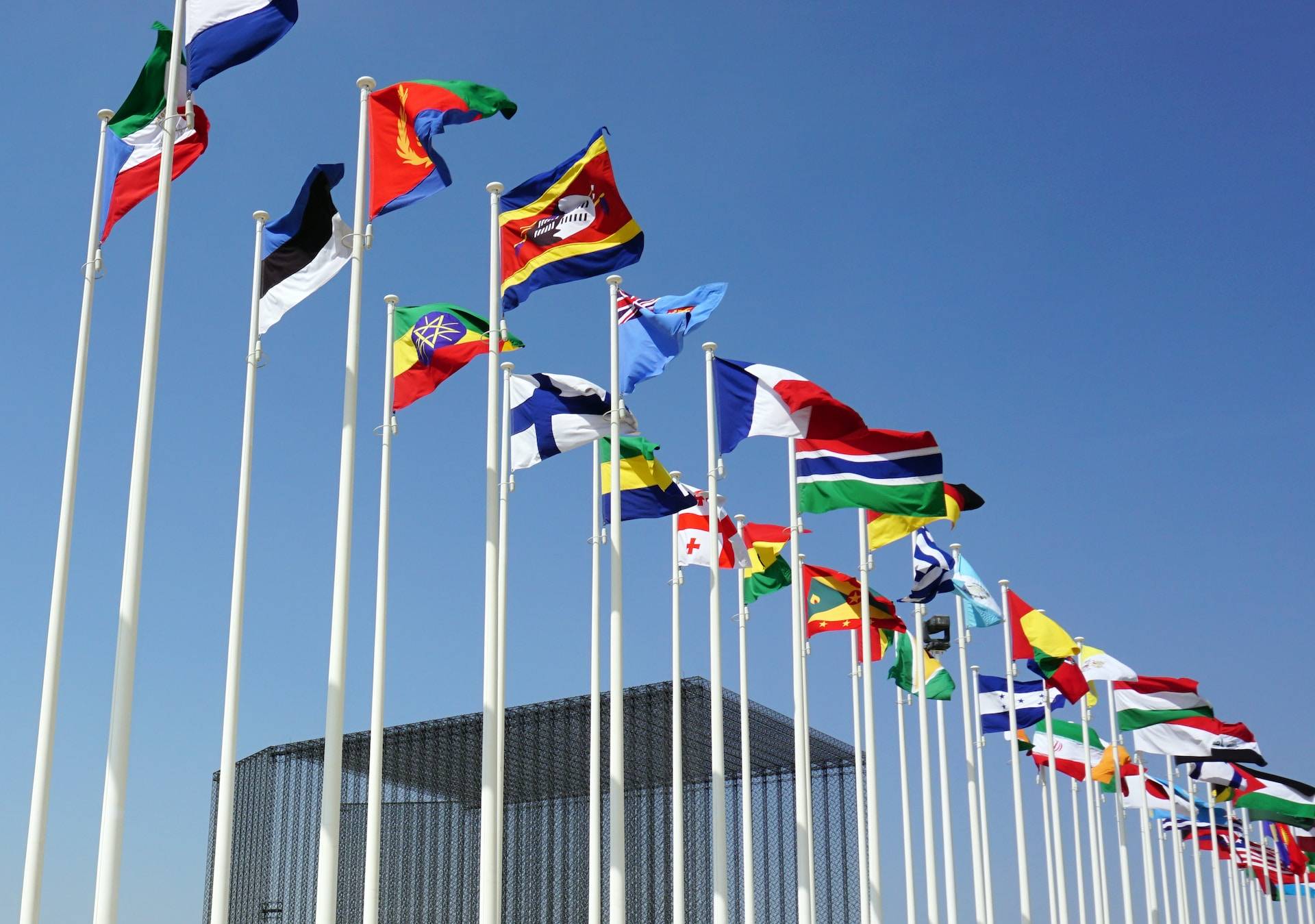In December 2022, UN Secretary-General Antonio Guterres announced that an additional climate summit will be held in September 2023. The first-ever Climate Ambition Summit will coalesce leaders from government, business, cities, and finance to kick-start new, tangible ideas and plans to combat climate change. Now, we reflect on COP27 and look to see how the new summit could catalyse action prior to COP28.
What happened at COP27?
The Loss and Damage Fund was a key outcome at COP27 in Egypt. The fund, aiming to aid poorer countries which are disproportionately affected by climate change, struggled with slow momentum. Initially, there was a push to delay the final decision to 2024, but fundingcame together in the last hours of the conference. Countries pledged over 230 million USD to enhancing resilience for people living in the most climate-vulnerable communities by 2030. Another point of contention involved the wording surrounding future use of fossil fuels: the decision to phase ‘down’ fossil fuels instead of phasing them ‘out’. While this vocabulary change may seem slight, some argue that it points to the overbearing influence of the oil and gas industry on the summit. There were 636 lobbyists from the industry at COP27, which is significantly higher than the 503 at COP26.What is the Climate Ambition Summit?
Taking place from 18-19 September 2023, the aim of the Climate Ambition Summit is to bring a “no nonsense” approach to accelerating climate action; it will run alongside the SDG Summit, two months in advance of COP28. The SDG Summit happens every 4 years and marks the midpoint in the implementation of the 2030 Agenda for Sustainable Development.It reviews the state of the SDGs and provides high-level political guidance on actions in the run-up to the 2030 SDG deadline. Of the Climate Ambition Summit, Guterres said there will be “no room for back-sliders, greenwashers, blame-shifters” or a repackaging of old pledges.” The ultimate goal of the CAS Summit is to bring leaders together to “step up” and accelerate the pace of change with tangible, credible, serious climate action.What can we expect to see at COP28?
Industry reactions to the UAE COP28 have been mixed thus far, with many negative comments pointing to the COP’s president: Abu Dhabi National Oil Company CEO Sultan Al Jaber. Roughly 6% of the world’s oil reserves are controlled by the UAE government, leading to criticism for appointing a fossil fuel boss as head of COP28. Recently, 130 US and EU lawmakers called for Jaber to be removed from his position of COP president. Others have stated that big oil needs to have a seat at the table in order for change to happen.Loss and Damage Fund
Still, the main goal of COP28 remains focusing on the climate agenda. The funding stream for Loss and Damage will be a point of discussion, circling back to the practicalities of its implementation. Details need to clarify which countries will receive funding, how much they will receive, and responsibility of payment for countries that are offering funding. A transitional committee was established at COP27 who will now be expected to organise the Fund’s implementation at COP28.Fossil Fuels
Once again, the conversation will likely return to fossil fuels and their role in the world’s energy mix. The IPCC warned that GHG emissions must decline 45% by 2030 to limit global warming to 1.5C, with clean energy playing a key role in this transition. To ensure credible, accountable net-zero pledges by industry, financial institutions, cities and regions, a how-to-guide was published at COP27 by the UN Secretary-General’s High-Level Expert Group on Net-Zero Commitments. Still, questions loom regarding how the conversation around fossil fuels will go with the country’s largest oil ambassadors leading the conference.‘Rapidly closing window’: Last call for change
The IPCC stated that without immediate concerted action, it will not be possible to keep within the 1.5C temperature rise this century, with the limit forecast to be passed before 2035. “There is a rapidly closing window of opportunity to secure a liveable and sustainable future for all,” concludes the IPCC report. Regardless of who the COP president is or each country’s individual goal, this COP marks a monumental opportunity to make or miss the climate change cut-off.
If the content of this or any of our articles has interested you, please get in touch for a no-obligation chat with our industry-leading experts at Sustainable Energy First.













